
The recent report from the Costs of War group at Watson Institute of International and Public Affairs at Brown University provides us with a very interesting and little-discussed aspect of America's massive military. In this posting, I will look at some of the key aspects of the report which you may find rather surprising.
As you can see on this graphic, the United States spends more on its military than its next seven competitors combined:
This means that the United States has a massive inventory of materiel and personnel, meaning that, as a whole, it has a voracious appetite for fuel, particularly fossil fuels. In addition, the non-stop military operations since the War on Terror was declared in 2001, the requirement for fuel was at higher levels than it would have been otherwise. This is quite clearly shown on this graphic from the study which shows the total energy consumption of the U.S. Department of Defense (and the total U.S. federal government) from 1975 to 2017:
Note the rise in energy use in 2001 and the decline after 2013. This is due to the ramping up and the following decline in military activity in both Iraq and Afghanistan. The U.S. Department of Defense is the U.S. government's largest consumer of energy, consuming somewhere between 77 and 87 percent of all U.S. government energy consumption; in 2017, the DoD was responsible for 80 percent of total federal government energy consumption, sixteen times more than the total energy consumption of the next closest federal agency; the United States Postal Service. In addition, the DoD is the world's largest single institutional consumer of petroleum, consuming more fossil fuels than some nations.
From the Energy Information Administration, we find the following statistics from a 2015 report on DoD energy use:
Energy use within the DoD is divided into two parts:
1.) Institutional Energy – energy that is used to run and operate military installations and vehicles that are not on combat missions. This energy accounts for 30 percent of the DoD's total use. In fiscal 2017, the DoD spent approximately $3.8 billion in installation energy, consuming 207,907 billion BTUs of energy. Here is a breakdown of installation energy consumption by military service for the years between 2007 and 2017:
2.) Operational Energy – energy that is used for transporting, training and sustaining personnel and weapons specifically for military operations. This energy accounts for 70 percent of the DoD's total use. In its most recent report released in 2016, the DoD's Operational Energy Strategy shows the following operational energy use for fiscal 2014:
In fiscal 2014, the DoD consumed 87.4 million barrels of fuel to deploy and sustain its worldwide missions. Unfortunately, reducing operational energy use is difficult; for example, the approximately. 60,000 HUMVEES in the U.S. Army fleet get between four and eight miles per gallon of diesel fuel.
Here is a table showing the energy expenses for the DoD for fiscal 2015 to 2017 in millions of U.S. dollars:
Here is a graphic showing the types of petroleum purchases by the DoD from fiscal 1998 to 2017:
Here are some examples of the types of fuel contracts that have been awarded by the DoD:
Now that you have all of that background data, let's look at how the authors of the Costs of War report calculated the greenhouse gas emissions related to the Department of Defense operations. According to the Department of Energy, there are two types of energy use by the federal government:
1.) Non-standard operations – vehicles, vessels, aircraft and other equipment used in combat support, tactical or relief operations and training for such operations.
2.) Standard operations – all other operations that the department uses to accomplish its functions, roles and missions.
Using this breakdown, here is a graphic showing the estimated DoD greenhouse gas emissions in millions of metric tonnes of CO2 equivalent for the period from 2001 to 2017 (the War on Terror period):
The emissions totalled 1,212 million metric tons of CO2 equivalent over the period with non-standard operations accounting for 766 million metric tons and standard operations accounting for 445 million metric tons. In 2017, the emissions were 59 million metric tons; this is greater than Finland (46.8 million metric tons), Sweden (50.8 million metric tons) and Denmark (33.5 million metric tons).
Lastly, keeping in mind that direct fossil fuel use by the U.S. Department of Defense is not the only source of war-related greenhouse gas emissions, here is a graphic which shows greenhouse gas emissions that are attributable to the entire defense industry in the United States over the period from 2001 to 2017:
Let's close with this quote from the report:
"Even as the US says it will scale back the size of its military presence in Afghanistan, Iraq, and Syria, the US has begun a massive build-up of its military capacities. The US military budget is larger than it has ever been since the end of the Cold War. The US seems to be on track to continue policing the Persian Gulf even as it turns to what it perceives is an emerging threat from China and has an increasing military presence in Africa. All of these activities demand fuel consumption and are hence greenhouse gas emission intensive.
The US has an important public policy decision to make. Do we continue to orient our foreign policy and military force posture toward ensuring access to fossil fuels? Or do we dramatically reduce the use of fossil fuels, including the military’s own dependency, and thus reduce the perceived need to preserve access to oil resources?"
The current kerfuffle in the Persian Gulf region would suggest that the current administration in Washington is following the "orienting (America's) foreign policy and military force posture toward ensuring access to fossil fuels".
Click HERE to read more from this author.
You can publish this article on your website as long as you provide a link back to this page.

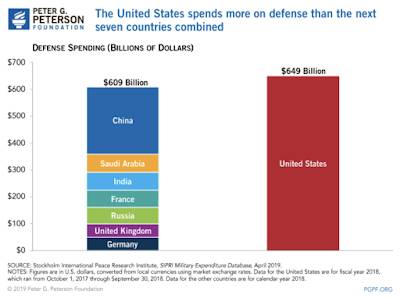
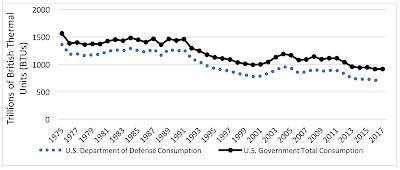
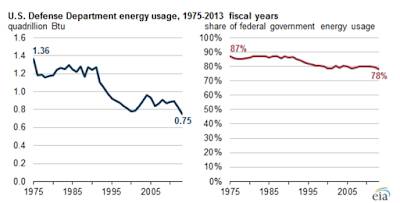
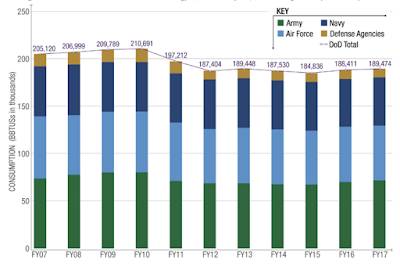
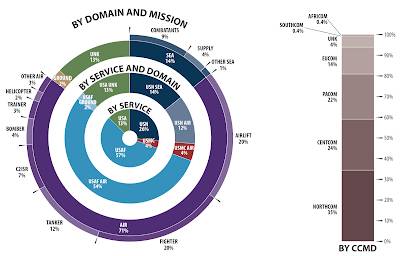

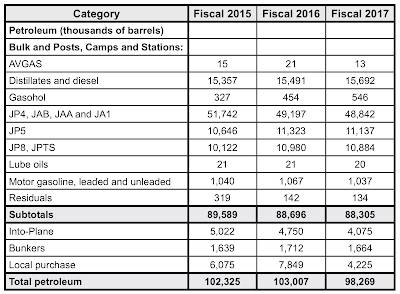
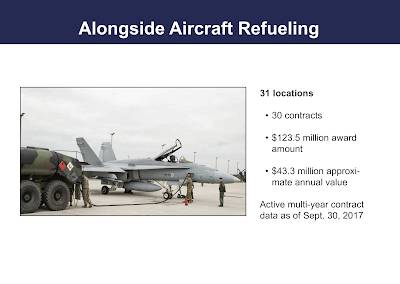

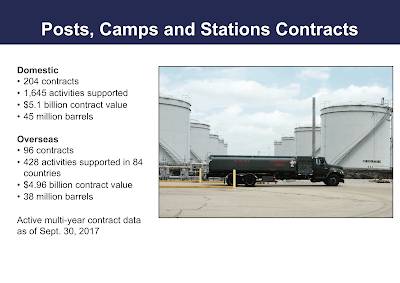
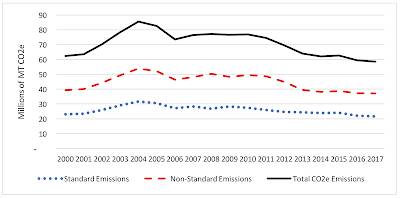

Be the first to comment